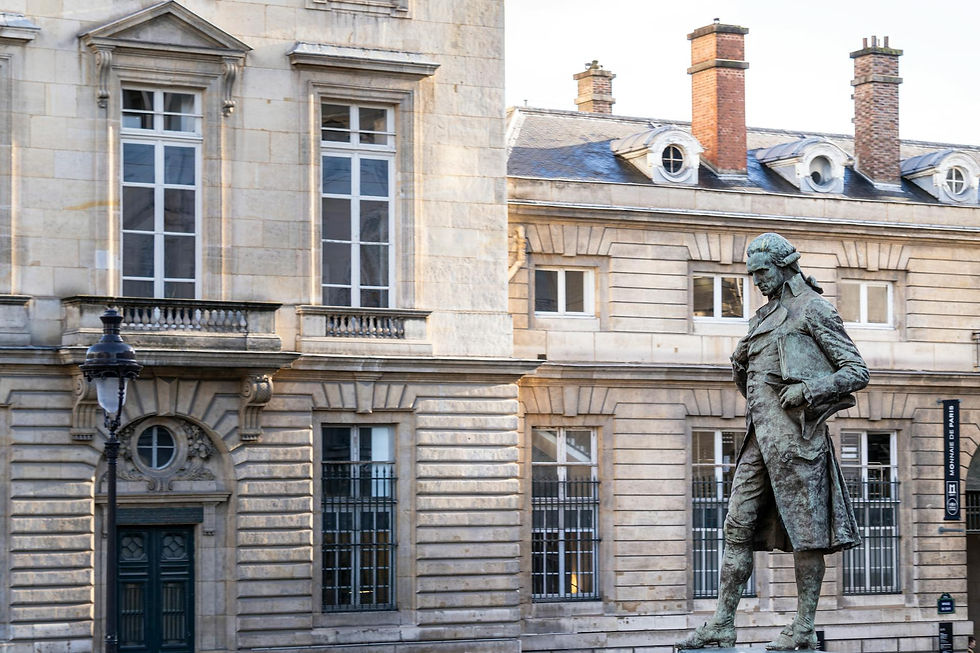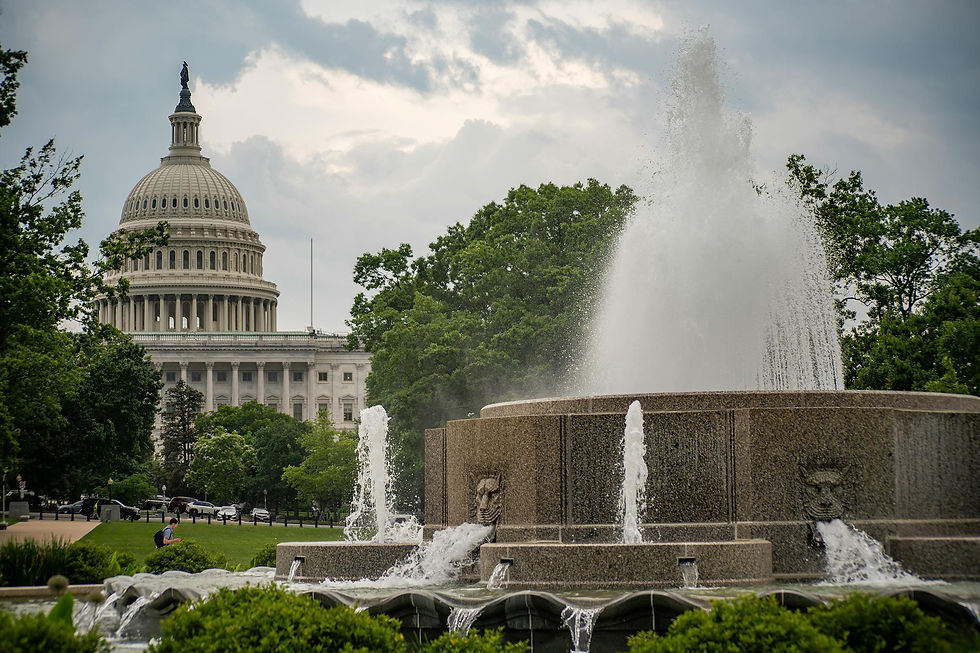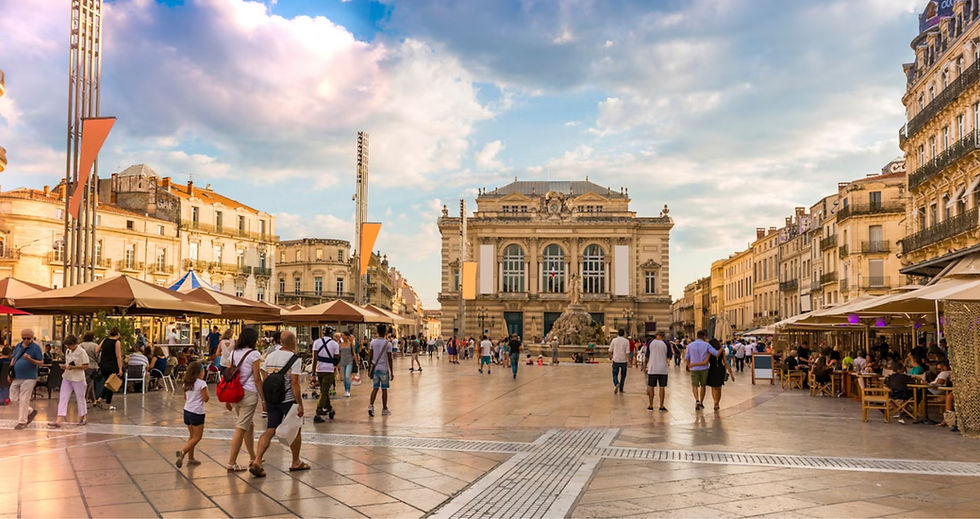The Enduring Influence of France in the United States
- Geraldine Provost

- Jun 20
- 3 min read
From place names like Louisville and St. Louis to culinary icons like the croissant and crème brûlée, French culture has long left its mark on the United States. While often overshadowed by the dominant British colonial narrative, France’s impact on American history, culture, architecture, and language is deep and enduring.

Colonial Influence and Early Settlements
France was among the first European powers to explore and settle the New World. In the early 17th century, French explorers such as Samuel de Champlain and René-Robert Cavelier, Sieur de La Salle established settlements in areas that would become Canada and the Mississippi River Valley. The region known as Louisiana—named after King Louis XIV—was once part of New France, a sprawling colonial territory that extended from modern-day Canada to the Gulf of Mexico.
Cities like New Orleans, Detroit, Mobile, and St. Louis all have French origins, evident in their street names, architecture, and layout. In New Orleans, French influence is perhaps most visible: the French Quarter, the city’s oldest neighborhood, boasts colonial-era buildings with wrought iron balconies, creole cuisine rooted in French culinary techniques, and a street-music culture reminiscent of Parisian boulevards.
The Louisiana Purchase: A Turning Point
In 1803, the United States purchased the Louisiana Territory from France under the leadership of Napoleon Bonaparte. This acquisition doubled the size of the U.S. and opened up vast tracts of land for exploration and settlement. While France’s direct political influence in the region ended with the Louisiana Purchase, its cultural and linguistic legacy endured—especially in Louisiana, where Francophone communities still exist today.
Language, Law, and Governance
Louisiana is the only U.S. state whose legal system is based on Napoleonic Code, a civil law framework rooted in French tradition, rather than English common law. This legal distinction affects property rights, inheritance, and contracts, and it reflects the enduring reach of French governance philosophy in the American legal landscape.

French is also still spoken in parts of Louisiana, Maine, and Vermont, due to early French Canadian and Acadian (Cajun) populations. Organizations like CODOFIL (Council for the Development of French in Louisiana) work actively to preserve and promote the French language and Francophone culture in the U.S.
Architecture and Urban Planning
The French influence can be seen in the Beaux-Arts architecture of major U.S. cities, particularly in public buildings constructed in the late 19th and early 20th centuries. Washington D.C., in fact, was designed in part by French-born architect Pierre Charles L’Enfant, who laid out the city’s grand avenues and circles inspired by the boulevards of Paris.

Other examples include the Library of Congress and the Metropolitan Museum of Art, both designed in the ornate, neoclassical style popularized in France.
Fashion, Gastronomy, and Art
French fashion houses, artists, and chefs have shaped American tastes for decades. Cities like New York, Chicago, and San Francisco boast French bakeries, patisseries, and bistros. The James Beard Foundation regularly recognizes chefs who channel French technique, while cultural institutions like the Alliance Française continue to promote French language and art.
From the impressionist exhibitions in American museums to French film festivals, the aesthetic and philosophical contributions of France are celebrated in cities across the country.
Modern Diplomacy and Culture Exchange
France and the United States share a long-standing diplomatic relationship. Programs like Fulbright, Alliance Française, and cultural missions from the Institut Français foster ongoing cultural exchange. Celebrations like Bastille Day (July 14) are observed in U.S. cities with parades, food, and music—especially in places with a strong Francophone heritage like New Orleans and New York.
Conclusion: A Transatlantic Tapestry
Though often subtle, the French influence in the United States is interwoven into its fabric—from laws and language to architecture and cuisine. It is a reminder of the interconnected histories of two nations that, while separated by the Atlantic, continue to exchange ideas, art, and inspiration.
As French Quarter Magazine continues to celebrate the cultural bridges between France and America, recognizing and preserving these French footprints on U.S. soil remains at the heart of our mission.
Header Photo Credit: Abhishek Navlakha https://www.pexels.com/photo/elegant-haussmannian-architecture-in-paris-31058040/










Comments